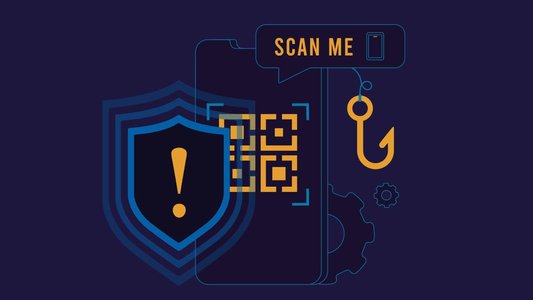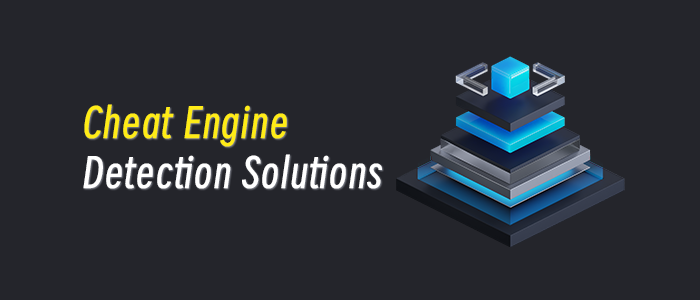APIs (Application Programming Interfaces) are the unsung heroes in an interconnected digital world. They are the crucial communication channels enabling different software systems to talk to each other, powering everything from your mobile banking app to complex enterprise solutions. However, this vital role also makes them prime targets for malicious actors. While many organizations focus on human user authentication, a more insidious threat often goes unnoticed: Non-Human Interfaces (NHIs).
These NHIs, encompassing everything from automated scripts and web bots to compromised IoT devices and even other rogue APIs, can wreak havoc on your systems if not properly managed. They represent a ""silent"" threat because their activities can easily blend with legitimate automated traffic, bypassing traditional security measures focused on human interaction.
The Silent Menace: Why NHIs Pose a Unique API Risk
Non-Human Interfaces, by their very nature, operate differently from human users. They are automated, can run continuously, and often interact with APIs at a scale and speed that humans cannot replicate. This presents several unique challenges:
- Stealthy Operations: Malicious NHIs, such as bad bots and scripts, are designed to mimic legitimate traffic or exploit vulnerabilities in the background. Their automated nature allows them to probe for weaknesses, exfiltrate data, or launch denial-of-service attacks without raising immediate red flags that human-centric security might catch.
- Bypassing Traditional Defenses: Security measures like CAPTCHAs or multi-factor authentication for human users are largely ineffective against sophisticated NHIs. These automated entities don't ""log in"" in the traditional sense, often leveraging stolen API keys, or exploiting flaws in how an API authenticates and authorizes requests from non-human clients.
- Difficulty in Detection: Because NHIs often operate in areas not designed for identity-based logging in the same way human users are, their malicious activities can go unnoticed for extended periods. Attackers can modify existing NHIs or introduce new, unauthorized machine identities that blend into the noise of normal system operations.
- Scalability of Attacks: Once a vulnerability is found, NHIs can exploit it relentlessly and at scale, leading to rapid data breaches, service disruptions, or compromised systems. Think of credential stuffing attacks, where bots hammer login endpoints with stolen usernames and passwords, or automated scraping of sensitive data.
If your APIs are not specifically secured against these non-human threats, you could be leaving your digital doors wide open to abuse, data theft, and service degradation, all happening silently in the background.
Sorting Good NHIs from Bad: Its Not That Easy
It's true that some NHIs are good and we want to let them in. Here are some examples of “good” NHIs:
|
Internal automation scripts |
QA tests, CI/CD checks, monitoring |
|
Trusted partners’ integrations |
Access to limited API endpoints |
|
Analytics/data pipeline calls |
ETL or audit logs from known environments |
|
Third-party tools |
Postman, Zapier, custom dashboards |
|
Legacy systems |
Non-app clients that must call mobile APIs |
So all we need to do is allow good NHIs and block bad ones. The problem? Most backend tools can’t even tell a real mobile app from a fake one. NHIs often slip through firewalls, API gateways, or behavioral bot detection systems.
Backend API security has relied on two main signals to verify legitimate web crawlers from other types of automated traffic: user agent headers and IP addresses. The User-Agent header allows bot developers to identify themselves. However, user agent headers alone are easily spoofed and are therefore insufficient for reliable identification.
To address this, user agent checks often add IP address validation, the inspection of published IP address ranges to confirm a crawler's authenticity. But this is not always reliable either since connections from the crawling service might be shared by multiple users and the allocation of IP address ranges change over time.
This highlights one of the challenges presented by using a backend-only app sec solution. Because contextual information about what is happening in the client environment is missing, there is always ambiguity and your security team will spend an inordinate amount of time and energy juggling with false positives and negatives.
What is needed is a way for every request to be signed and checked for legitimacy at the API - a true Zero Trust approach.
Addressing the NHI Challenge: Emerging Strategies for Web and Mobile
The industry is recognizing the urgent need to move beyond simply guessing if traffic is human or bot. The goal is to enable explicit authentication and verification for all types of traffic, including legitimate automated services.
A Promising Proposal for Web Bots: Cloudflare’s Web-Bot-Auth
One interesting development in this area comes from Cloudflare with their Web-Bot-Auth proposal. This new standard aims to help distinguish ""good"" bots (like search engine crawlers or legitimate automated services) from malicious ones when they access web resources and APIs.
The concept is straightforward yet powerful:
- Cryptographic Signatures: Developers of trusted bots and agents would cryptographically sign the requests originating from their service.
- Standardized Header: This signature would be conveyed via a new HTTP header, Sec-Bot-Auth.
- Verification: API security platforms and reverse proxies, such as Cloudflare itself, could then validate these signatures. This allows site owners to confidently identify the source of the bot traffic and apply appropriate policies—granting access to known, trusted bots while scrutinizing or blocking unknown automation.
Cloudflare's Web-Bot-Auth is a significant step towards making bot authentication explicit rather than relying on heuristic detection methods, which can be prone to errors. It’s a move towards a future where legitimate automated services can declare their identity transparently and securely for web-facing APIs.
One critical requirement that is not explicitly addressed by the Cloudflare proposal is the need for this to be dynamic and easy to manage: it must be easy to immediately change your categorization of NHIs from “good” to “bad”, and vice versa, as the landscape and your business evolves.
The Unique Challenge of Mobile API Security
While Web-Bot-Auth offers a promising direction for web-based bot traffic, the mobile ecosystem presents a different set of challenges. Here, the primary concern isn't just distinguishing good web bots from bad ones, but ensuring that API requests truly originate from your genuine, untampered mobile app, and not from:
- Malicious scripts or bots directly attacking your API endpoints.
- Repackaged or modified versions of your app.
- Your app runs on a compromised or emulated device.
Conclusion: Don't Let Silent Threats Undermine Your APIs on Any Front
NHIs are an integral part of the modern digital ecosystem, but they also represent a significant and often underestimated threat vector for your APIs, whether they are web-facing or mobile-specific. Traditional security measures are frequently insufficient to counter these automated, stealthy attacks.
Initiatives like Cloudflare's Web-Bot-Auth signal a positive move away from flawed traditional approaches towards a more dynamic, consistent and effective identification of web bots.







































